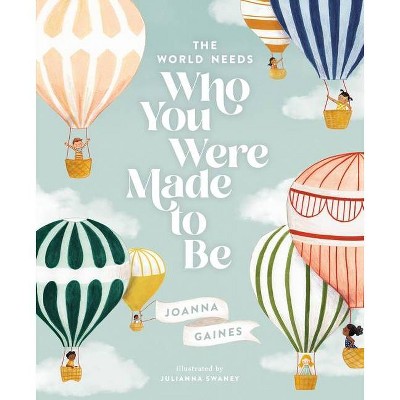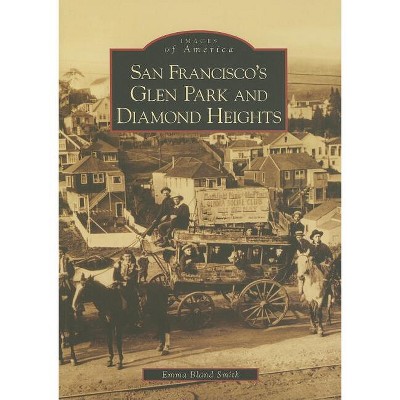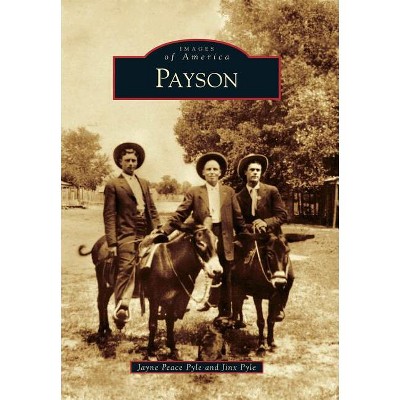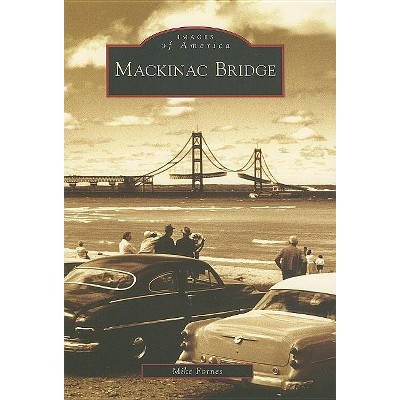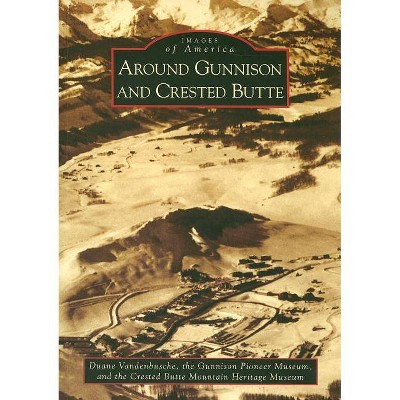Chesapeake Bay Deadrise Boats - (Images of America) by Larry Shepherd Chowning (Paperback)

About this item
Highlights
- The deadrise and cross-planked bottom style of boatbuilding started on Chesapeake Bay in the 1880s, when builders of wooden boats began to shift away from constructing vessels out of logs and into using planks to create hulls with a V-shaped bottom.
- About the Author: Larry S. Chowning is the author of 12 books, including Deadrise and Cross-planked, which he wrote in 2007 about the history and culture of the deadrise boats of Chesapeake Bay.
- 128 Pages
- History, United States
- Series Name: Images of America
Description
About the Book
This book gives a look at the history of the deadrise boat and how it became popular.Book Synopsis
The deadrise and cross-planked bottom style of boatbuilding started on Chesapeake Bay in the 1880s, when builders of wooden boats began to shift away from constructing vessels out of logs and into using planks to create hulls with a V-shaped bottom. Marine historian Howard I. Chapelle says that the style started in the North and Deep South (on the Gulf of Mexico)--but was not popular in those areas--before coming to Chesapeake Bay. The Chesapeake Bay's choppy, shoal water conditions were ideal for a shoal draft, V-bottom style of boat. The availability of good wood, a dynamic cottage industry that grew, and diverse inshore fisheries that supported a bay-wide fleet all encouraged demand for various sizes of wooden deadrise boats on the bay. Over time, the hull style became so popular that in 1985, the State of Maryland named the deadrise and cross-planked sailing skipjack as Maryland's state boat, and Virginia's legislature named the motor-powered classic deadrise style as the state boat of Virginia.
About the Author
Larry S. Chowning is the author of 12 books, including Deadrise and Cross-planked, which he wrote in 2007 about the history and culture of the deadrise boats of Chesapeake Bay.





